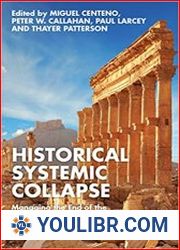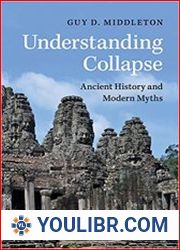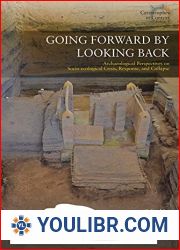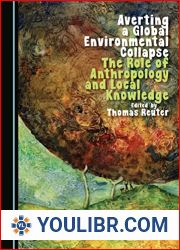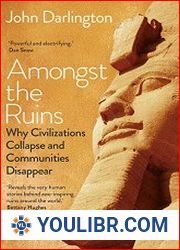
BOOKS - The Growth and Collapse of Pacific Island Societies: Archaeological and Demog...


US $5.92

964567

964567
The Growth and Collapse of Pacific Island Societies: Archaeological and Demographic Perspectives
Author: Patrick Vinton Kirch
Year: June 1, 2007
Format: PDF
File size: PDF 11 MB
Language: English
Year: June 1, 2007
Format: PDF
File size: PDF 11 MB
Language: English
In their accounts of exploration, early European voyagers in the Pacific frequently described the teeming populations they encountered on island after island. Yet missionary censuses and later nineteenth-century records often indicate much smaller populations on Pacific Islands, leading many scholars to debunk the explorers' figures as romantic exaggerations. Recently, the debate over the indigenous populations of the Pacific has intensified, and this book addresses the problem from new perspectives. Were there major population collapses on Pacific Islands following first contact with the West? If so, what were the actual population numbers for islands such as Hawai`i, Tahiti, or New Caledonia? Is it possible to develop new methods for tracking the long-term histories of island populations? These and related questions are at the heart of this new book, which draws together cutting-edge research by archaeologists, ethnographers, and demographers. Rather than rehash old data and arguments about the validity of explorers' or missionaries' accounts, the contributors to this volume offer a series of case studies grounded in new empirical data derived from original archaeological fieldwork and from archival historical research. Various methods are advanced for estimating local and regional population sizes as well as tracing the long-term trajectories of population change in island societies. These approaches include the application of precontact household and settlement archaeology and estimates of agricultural production. Case studies are presented for the Hawaiian Islands, Mo`orea, the Marquesas, Tonga, Samoa, the Tokelau Islands, New Caledonia, Aneityum (Vanuatu), and Kosrae. They show the capacity of island populations to grow rapidly in the environmental conditions of Remote Oceania and to achieve high population densities. Such levels were closely associated with social, political, and economic transformations. Following contact with the West and the introduction of diseases for which island populations typically had little or no resistance, populations often collapsed, with major consequences for their societies. As the contributors demonstrate, the long-term demographic histories of Pacific Islands are of fundamental importance for understanding how island societies grew, developed, came into equilibrium or disequilibrium with their environments, and ultimately responded to the new challenges of contact with the West. This volume offers a fresh look at a critical topic in Pacific studies. It will be of interest to scholars in the fields of anthropology, archaeology, history, ethnic studies, demography, and sociology.









